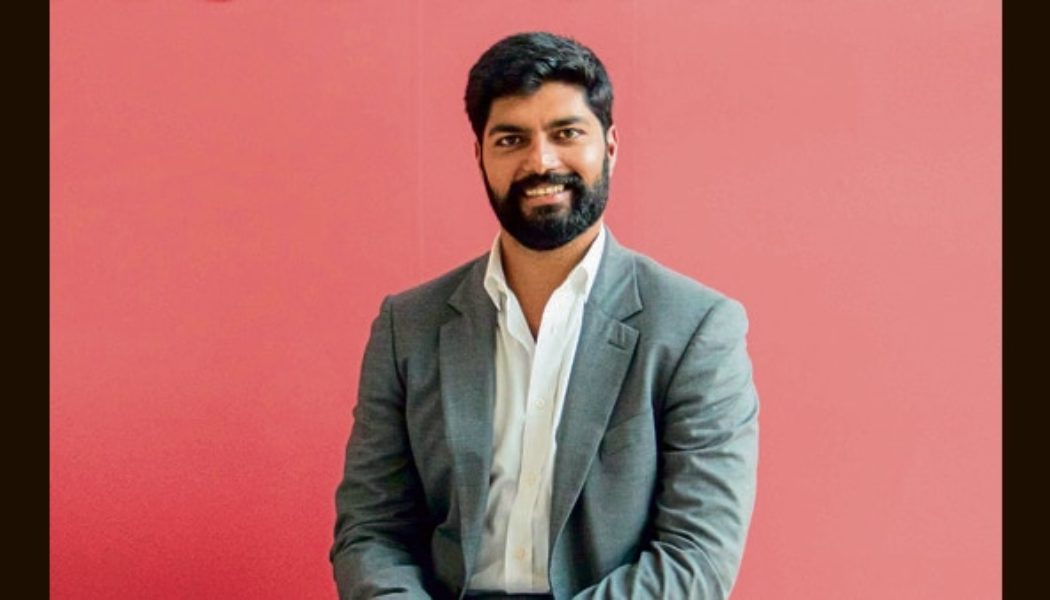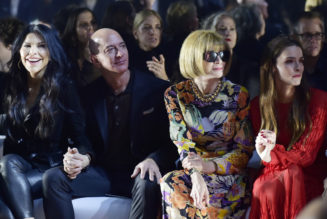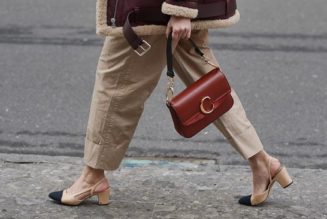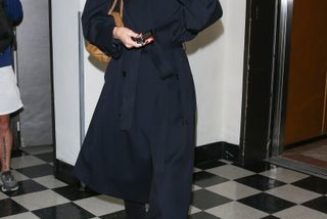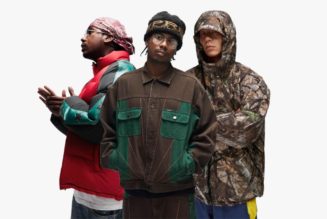
New Delhi: Nykaa, the publicly listed firm, remains resolute in its mission to establish a strong offline presence, despite seeing a decline in profits and criticism from its investors. In an interview, Anchit Nayar, executive director and chief executive, Nykaa Beauty, also shared his view on a resurgence of luxury beauty brands, which have reentered the Indian market, after exiting a decade ago. Edited excerpts:
Amid the recent downturn in your business, what is your outlook for returning to normalcy?
I can’t comment on profit or financials. Demand is growing at 30%-plus year-on-year, and that is the best example. Profitability is a factor of several things. As a company, we have made investments in infrastructure, warehouses and stores, because we think it is right for customers in the long term. And, that’s where profitability is getting impacted. But, on top line perspective 30%-plus growth for what is India’s largest beauty company is quite meaningful.
Your investors feel you should shift from offline and focus only on online sales. Regardless, you have a robust offline expansion plan. What’s the idea?
We must do both. You cannot build for the long term without offline stores. It must be omni channel. All the best global beauty brands want a mix of online and offline sales. It can’t just be online, it can’t just be offline. The world retail ecosystem doesn’t look like that. And categories like these are very experiential, and need physical touch and feel, especially in a market like India. So, we are investing for the long-term, for our consumers and brand partners. The long-term payoff will be massive. Our business is very dominant online, so it’s not like we are not doing more online. We’re investing everything we need to for online as well. We’ve publicly said we want to have 350 stores, from about 150 right now.
With a fall in discretionary spending following the pandemic, how do you plan to drive growth and overcome the market correction?
There was some narrative around it. These are small ups and downs in terms of inflation and post-covid spending behaviour, which had some impact on the customer, and you saw that in the results of all large FMCG firms, which saw decreasing margins. While there are some ups and downs in terms of momentary weaknesses in spending, the long -term trend is undeniable, and the category is set to grow rapidly and within that, ‘premium’ is set to accelerate even faster. We’re very, very optimistic, and even small pressures here and there don’t at all dent the long-term vision that we have for the beauty industry. There are a couple of things that differentiate the segment. One, luxury beauty is still an ‘affordable’ luxury. That’s why globally beauty is seen as a recession-proof category: you can still get the best luxury brands for a reasonable ticket size. Two, beauty has become key to an individual’s lifestyle.
Do you expect the premiumization trend to continue in the foreseeable future?
Luxury brands are looking at India like never before. There was a time, 10 years ago, when global luxury beauty brands were leaving India one by one. But now they’re all coming back. In the ecosystem of online plus offline that we operate in, a definite premiumization is happening. India has the lowest per-capita beauty and personal care consumption in the world, but the number is growing rapidly and there is a skew from consumer staples to discretionary spending, with people moving from personal care to beauty and mass-to-premium. It is a natural trend in any economy that’s developing and growing to become more aspirational. Now we are building our business more on the premium end of the spectrum as beauty is an aspirational category and we’ve really seen that come into its own in the last few years.
Are luxury brands performing well for your business?
Luxury brands are now doing very well, and the business has grown substantially, especially on our platform. Estee Lauder, for instance, had only four of their brands in India for many years. Now they have brought, almost 10 brands and we have given access to customers for brands such as Jo Malone, Tom Ford, Smashbox and Too Faced, which are some of the best brands. Even other players, we see a lot of the top beauty firms globally, whether it’s L’Oreal, or Unilever, or the Puig group out of Spain, all of them have now seen and identified India as the next China because they had a great 10-15 years in China: since 2006-07 it has been a big growth driver for them.
While India’s beauty and luxury consumption is lower than China’s, is it different for your business?
It’s the right time for luxury because of the demographics. There are also certain macroeconomic winds, the GDP (gross domestic product) per capita is increasing meaningfully and India’s aspirational society is also growing. This is just the beginning. It is not just the beauty sector but also fashion and other categories. You will see India is in the spotlight right now.
What is the average ticket size in your beauty category?
What we disclose is average order value, which is about ₹1,850, which is quite significant and is about six times the average per person consumption in India. Within that, we sell everything from mass to premium. If we look at just the premium sales, it is far higher than our average ₹1,850.
On your plans for Aveda salons that you had announced in partnership with Estee Lauders, how many stores do you currently have in operation?
We are clear that if we want to grow, we need to ensure the market grows, so things like Aveda salons, Beauty&You mentorship programme with The Estée Lauder Companies’ New Incubation Ventures; these are ways with which we want to expand the market. Aveda is not going to have 100-200 salons. We’ll do it city by city where we see the right fit. There are three right now in the country, one in Delhi, Mumbai and Bengaluru.
Updated: 12 Jun 2023, 11:11 PM IST
